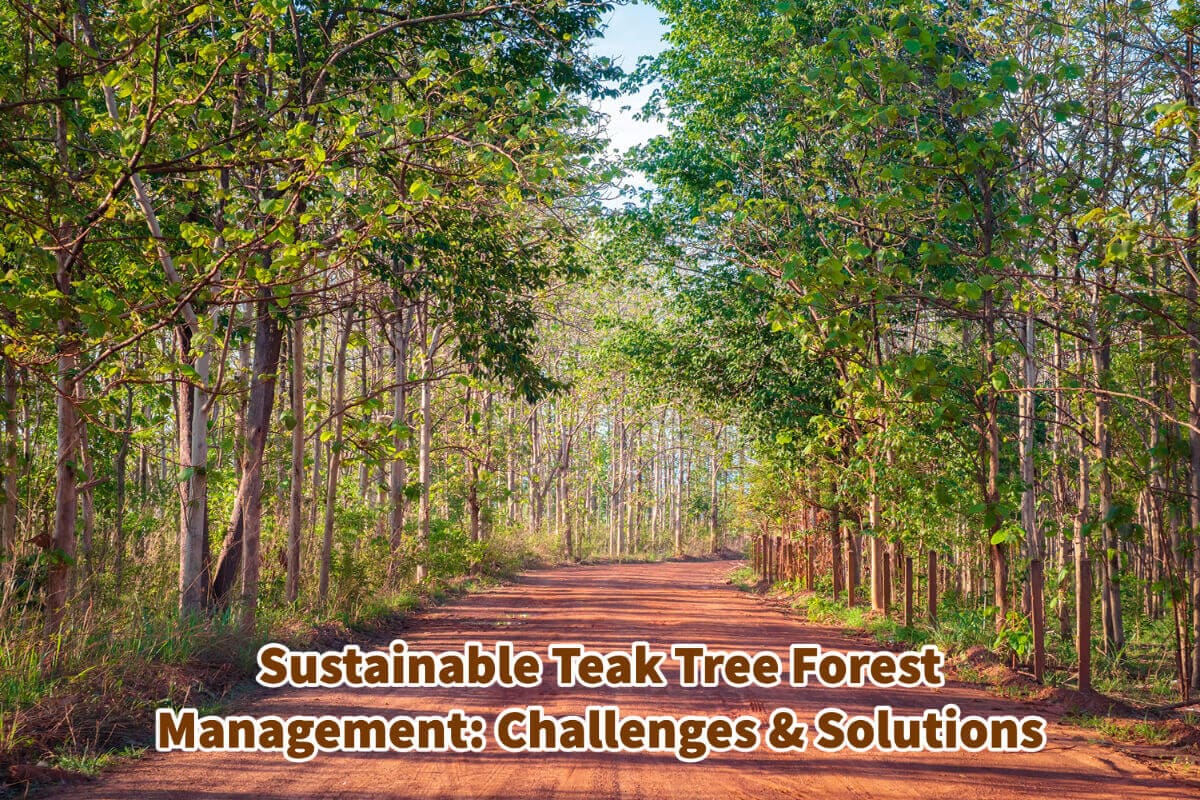Teak trees have been precious for centuries, including used in shipbuilding, furniture making, and decorative carvings. However, the high demand for teak has led to over-harvesting in some regions, raising concerns about the sustainability of teak forests and the long-term viability of this valuable resource.
To ensure the long-term viability of teak forests and protect the environment, responsible manufacturers and consumers must adopt sustainable teak tree forest management practices. This involves addressing several challenges, such as over-harvesting, lack of effective forest management plans, and illegal logging. Manufacturers and consumers can play in supporting sustainability efforts for teak trees and teak wood.
Table of Contents
- The Importance Of Sustainable Forest Management For Teak Trees
- Overharvesting And Illegal Logging Are One Of The Major Teak Tree Forest Management Issues
- Promoting Proper Forest Management As A Solution For Teak Tree Management
- 10 Reasons Teak Shines as the Premier Wood for Furniture
- Frequently Asked Questions About Sustainable Teak Tree Forest Management
- Related Content
The Importance Of Sustainable Forest Management For Teak Trees
The teak tree is a precious and sought-after resource used for centuries for various purposes, such as shipbuilding, furniture making, and decorative carvings. However, the high demand for teak has led to over-harvesting in some regions, which has raised concerns about the sustainability of teak forests and the long-term viability of this valuable resource.
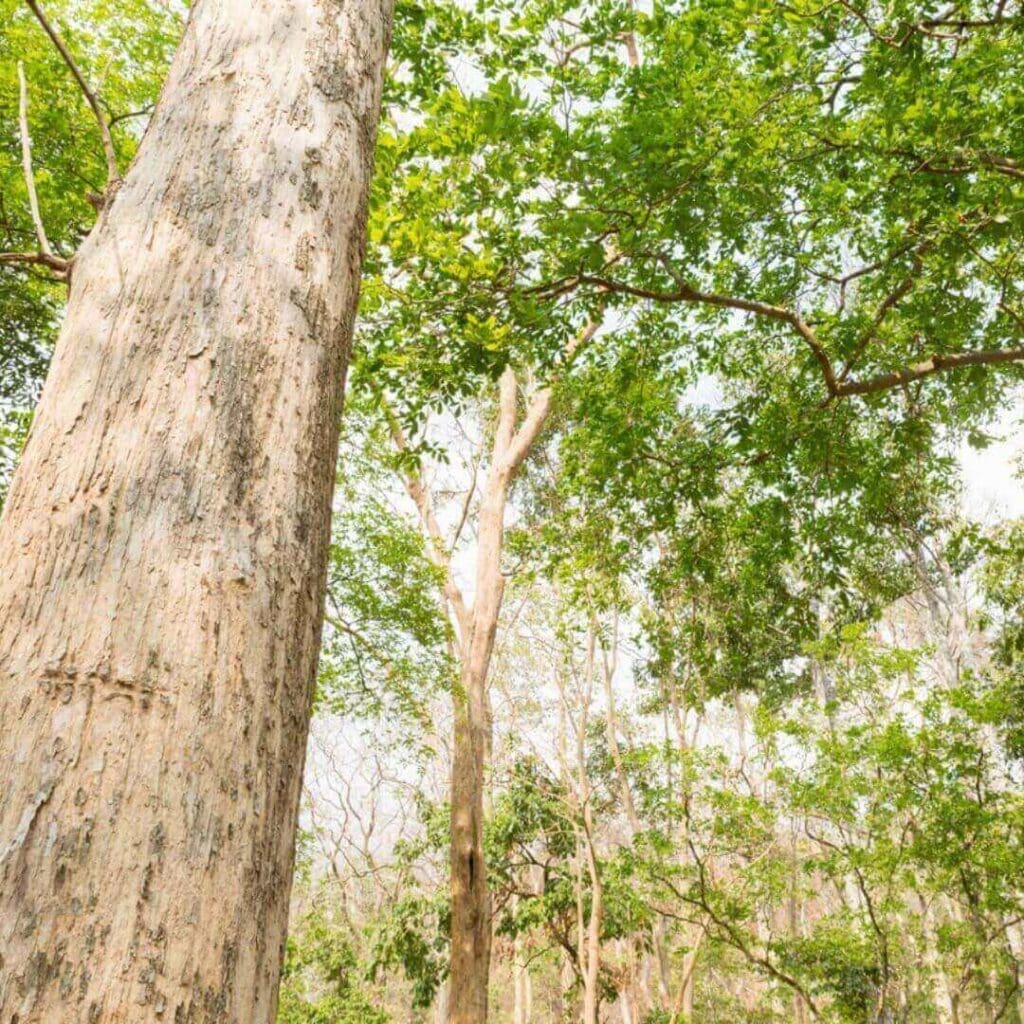
One issue is that teak is an excellent wood for many reasons. For example, one of the oldest British warships, the HMS Trincomalee, built in Bombay, India, in 1816, out teak can still float thanks mainly to her sturdy teak hull; this shows how solid teak is for many applications.
Responsible manufacturers and consumers are crucial in ensuring that the teak industry is sustainable and environmentally responsible for this precious and vital wood. When purchasing teak wood, looking for companies that use sustainable practices and are committed to responsible forest management is essential.
This helps preserve teak forests, protect biodiversity, and ensure the industry remains viable and sustainable for future generations.
Overharvesting And Illegal Logging Are One Of The Major Teak Tree Forest Management Issues
One of the main challenges facing sustainable teak forest management is over-harvesting. Teak forests in Indonesia, Myanmar, Thailand, and India have been over-exploited due to illegal logging and poor forest management practices. This has led to a decline in teak forest areas, negatively impacting local communities, wildlife, and ecosystems.
An example of a country with some of the best teaks in the world is Myanmar. Burmese teak is highly prized and considered an excellent teak wood.
But unfortunately, Myanmar also has a lot of deforestation and illegal logging issues. The government has taken steps to stop deforestation and illegal logging.
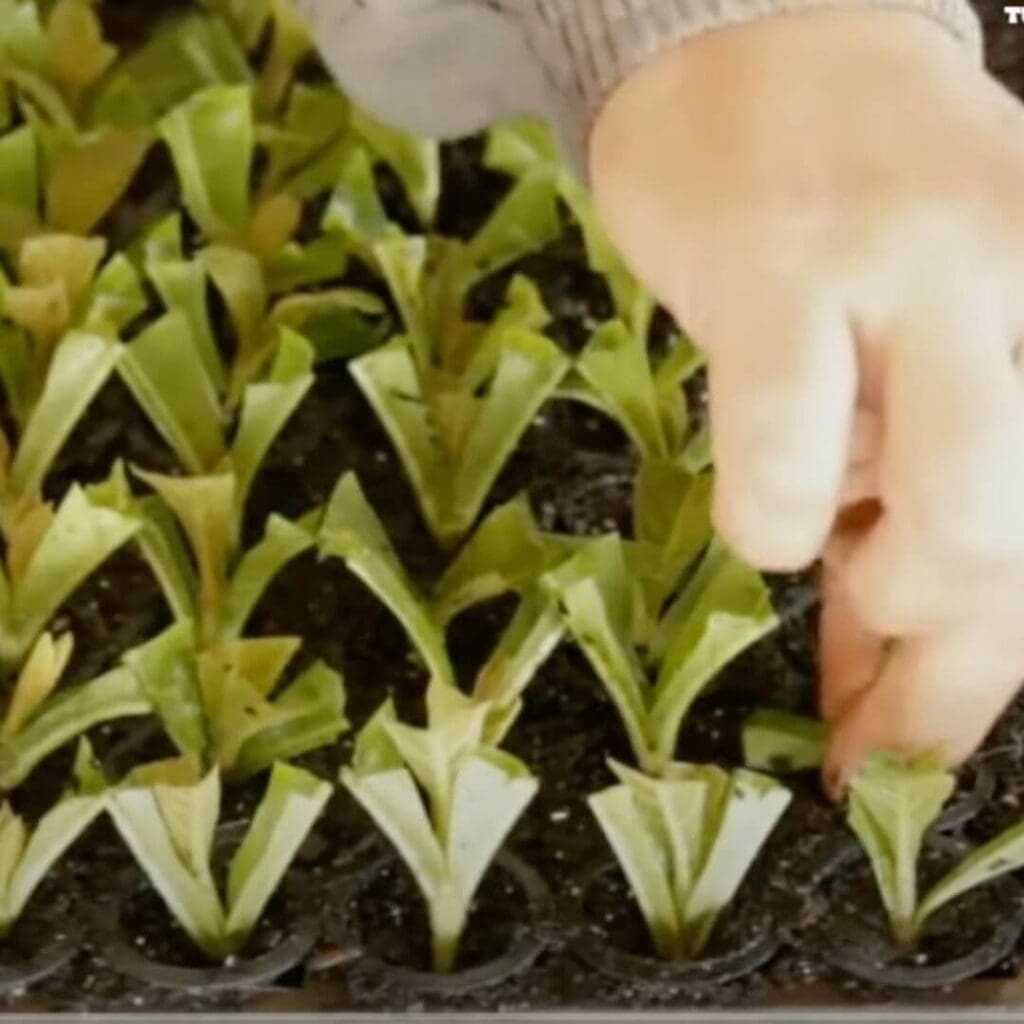
Roughly half of all the wild teak left on earth is in Myanmar.
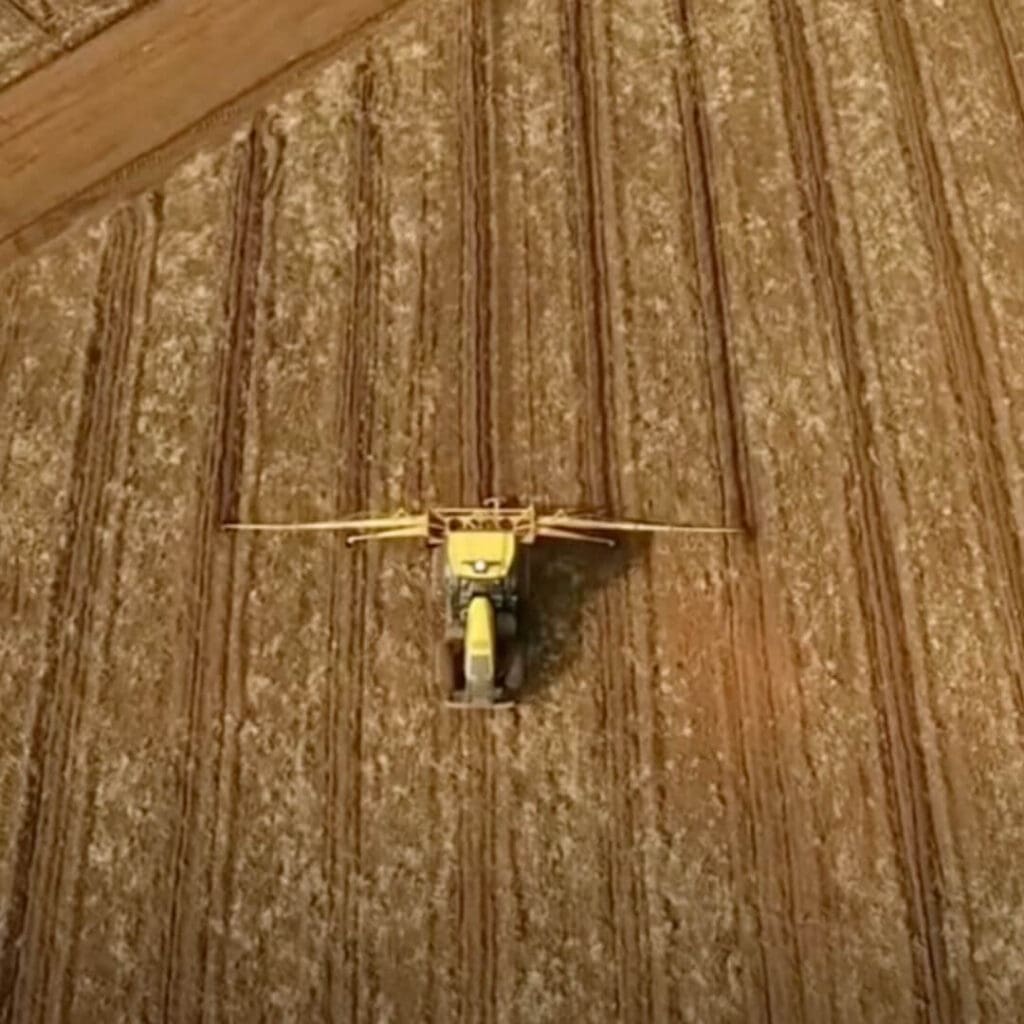
But saving Myanmar teak continues to be a struggle, as told by Than Tun Aung, a retired geography teacher with a small environmental group named Mawlaik Network. Than Tun Aung told the National Geographics Magazine about their struggle to save the teak forests in Myanmar:
“We are trying to save the trees that are left, but it’s late. We started our efforts because we couldn’t stand the situation anymore. Most of the forests nearby already are destroyed.”
National Geographics Magazine
As Than Tun Aung pointed out, most of the damage has already been done to Myanmar’s teak forests as the trees have already been cut down. This story resembles many other parts of the world where teak is grown.
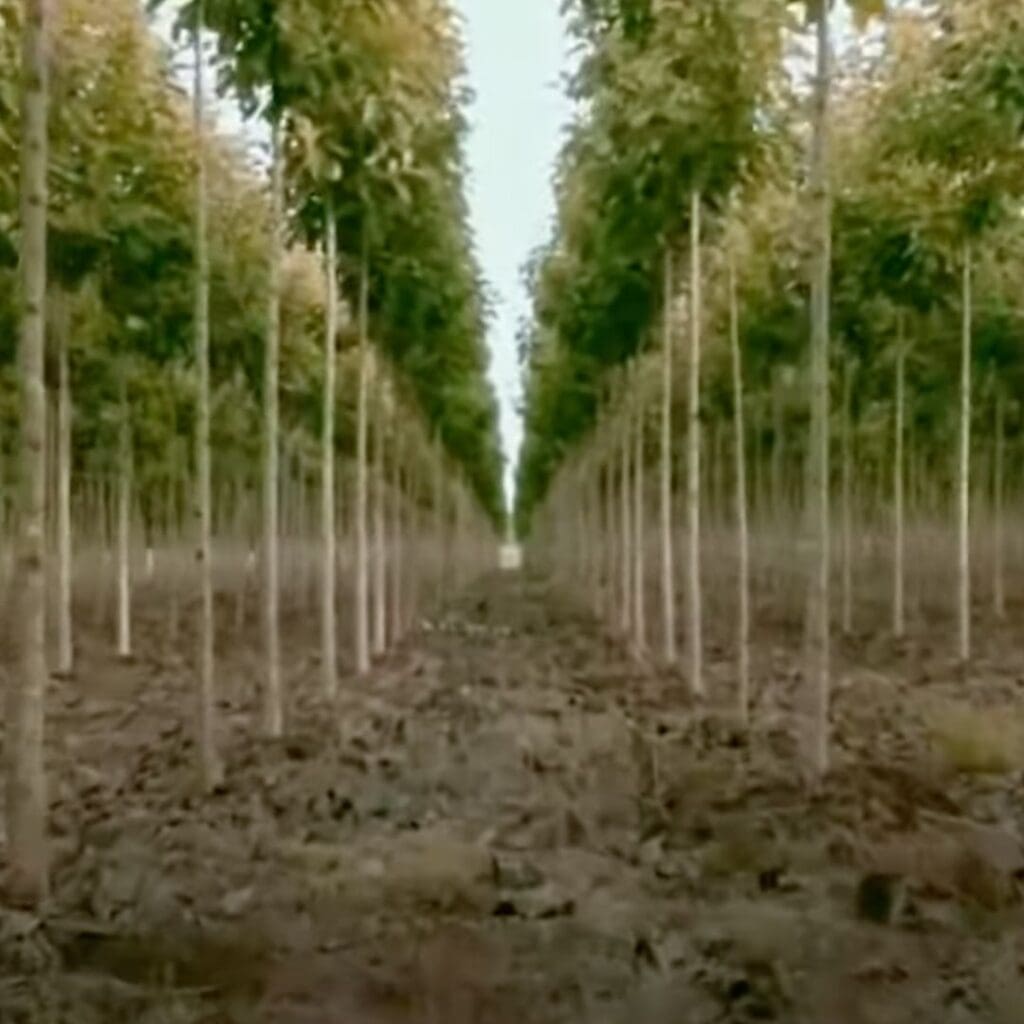
That is why not just over-harvesting is the problem because extensive damage has already been done to the forests. Still, many places worldwide face other challenges facing sustainable teak forest management, including the lack of effective forest management plans, illegal logging, and the unsustainable harvesting of teak seeds.
These challenges have made it difficult for responsible companies to ensure their teak wood is sourced from sustainable and environmentally responsible sources.
Promoting Proper Forest Management As A Solution For Teak Tree Management
One of the solutions to these challenges is sustainable forest management practices that ensure the long-term viability of teak forests. This includes responsible harvesting practices, reforestation efforts, and the protection of biodiversity and ecosystems.
Companies committed to sustainable forest management can play a crucial role in ensuring that teak forests are preserved for future generations.
Choosing FSC Certified Teak Wood Is A Solution
Another solution to the challenges facing sustainable teak forest management is the use of certified teak wood. Certified teak wood is sourced from sustainable and responsibly managed teak forests and is subject to strict environmental and social standards.
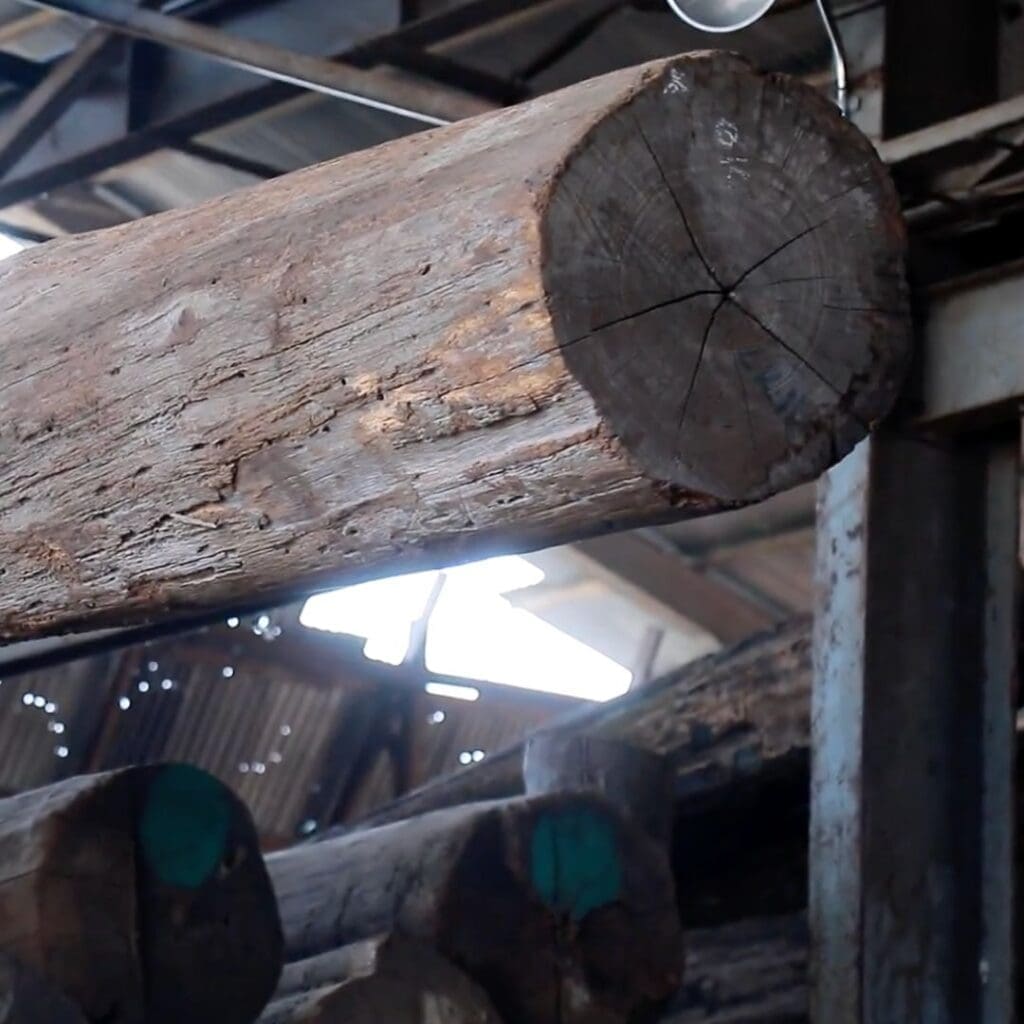
The FSC (Forest Stewardship Council) certified teak wood comes from a responsibly managed forest and has been approved by the FSC. The FSC is an international organization promoting responsible forest management and setting standards for sustainable forestry practices.
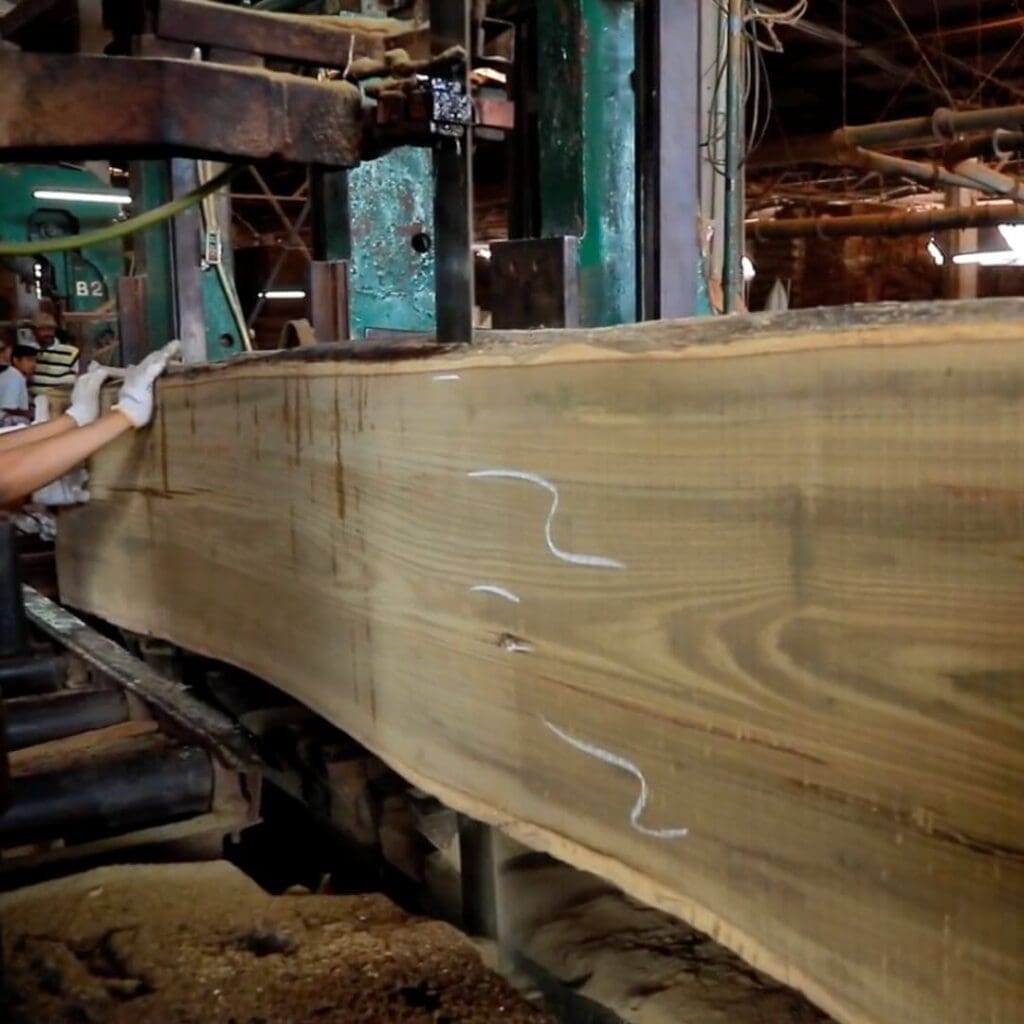
FSC certification is essential for teak wood because it ensures that the wood has been harvested in an environmentally responsible and socially beneficial manner. FSC certification also ensures that the forest where the wood came from is managed sustainably, protecting biodiversity, soil, and water resources.
Purchasing FSC-certified teak wood is essential because it supports responsible forestry practices and encourages companies to adopt sustainable and environmentally responsible practices. It also ensures that the wood is high quality and meets strict environmental and social standards.
Many companies may opt not to purchase wood that is FSC certified as the wood is usually more expensive than uncertified FSC teak wood. Consumers can demand that all teak wood is FSC certified, and then the manufacturers must comply.
This is important as choosing FSC-certified teak wood promotes the conservation of teak forests, which are vital to the planet’s ecosystem.
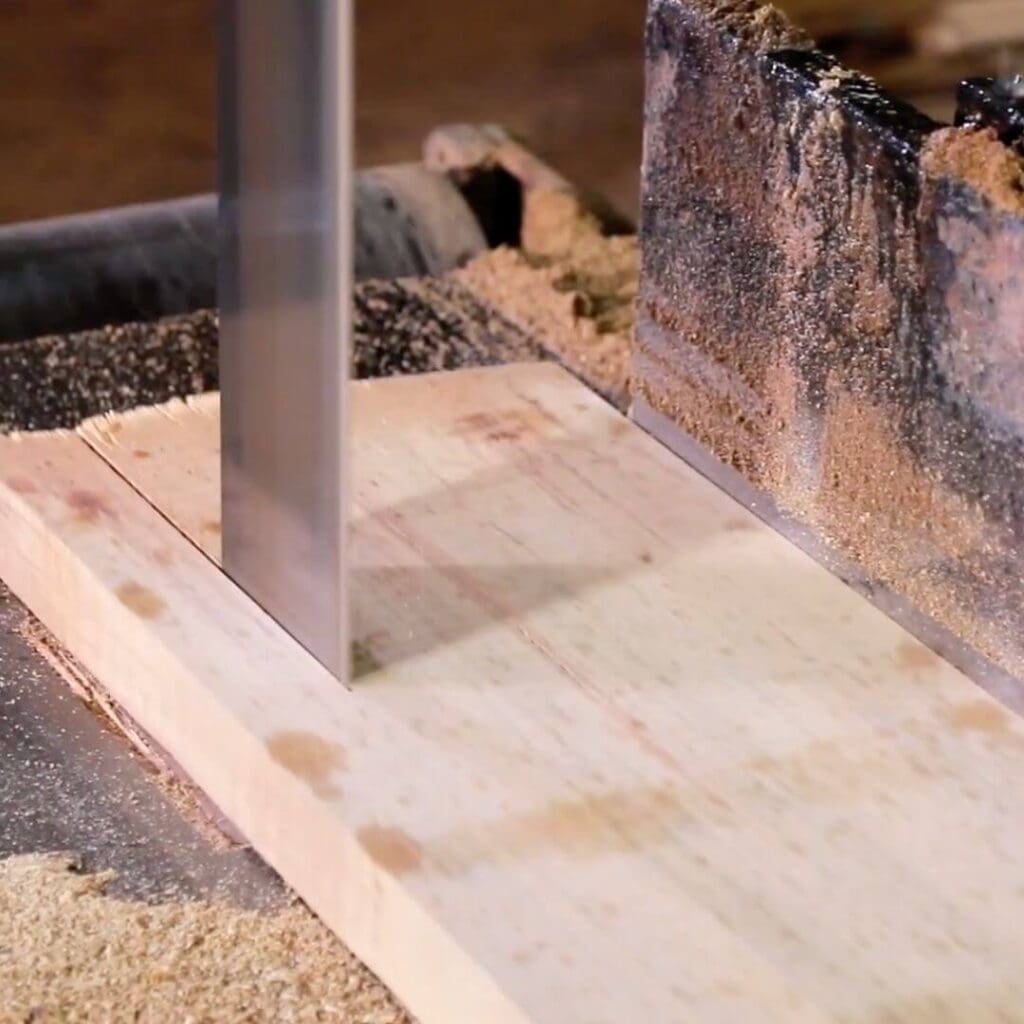
Teak forests are home to various plant and animal species and provide essential ecosystem services such as carbon sequestration and soil conservation. By supporting responsible forest management by purchasing FSC-certified teak wood, we can help protect these critical ecosystems.
FSC-certified teak wood is essential because it ensures that the wood has been harvested in an environmentally responsible and socially beneficial manner. Purchasing FSC-certified teak wood supports responsible forestry practices and encourages companies to adopt sustainable and environmentally responsible practices.
It also promotes the conservation of teak forests, which are vital to the planet’s ecosystem.
Teak forests are essential for the planet’s ecosystem and provide many ecosystem services, including carbon sequestration, soil conservation, and water regulation. They are also home to various wildlife, including endangered species such as the Asian elephant and the Sumatran tiger.
10 Reasons Teak Shines as the Premier Wood for Furniture
From ancient shipbuilding to modern home interiors, teak wood has long been revered for its exceptional qualities. But what is it about teak that makes it such a standout in the world of furniture?
Here’s a closer look at the ten reasons why teak is the go-to choice for many furniture enthusiasts:
1. Robust Durability:
Teak is inherently solid and long-lasting. Its longevity is legendary, with some pieces enduring for generations, serving as heirlooms handed down through the ages.
2. Resilience to Weather:
Teak’s natural oils make it exceptionally resistant to the elements. Teak furniture retains its integrity, whether under a blazing sun, heavy rain, or frosty conditions, making it a prime pick for patios and gardens.
3. Natural Pest Deterrent:
Termites? Not with teak. The wood’s inherent oils deter these pests, ensuring your furniture remains undamaged by unwanted guests.
4. Minimal Maintenance:
While many kinds of wood demand regular oiling or varnishing, teak’s self-preserving qualities make it relatively low maintenance, a boon for those who’d rather enjoy their furniture than labor over it.
5. Timeless Beauty:
Teak boasts a warm, golden hue and a refined grain pattern. Over time, exposed teak gracefully ages to a silvery-grey patina, a transformation that many homeowners cherish for its character.
6. Inherent Strength:
As a hardwood, teak possesses a natural sturdiness. This makes it ideal for weight-bearing furniture pieces, ensuring they don’t buckle or warp with time.
7. Versatile Aesthetics:
Whether your home exudes a modern, rustic, or classic vibe, teak furniture blends in effortlessly, testifying to its versatile aesthetic appeal.
8. Sustainable Sourcing:
With increasing environmental awareness, many teak producers now prioritize sustainably harvested wood. This allows consumers to enjoy the benefits of teak while ensuring the preservation of forests.
9. Value Proposition:
Though the initial investment in teak furniture might be higher, its lasting durability ensures you won’t be shopping for replacements anytime soon. In the long run, teak offers unparalleled value for money.
10. Silky Touch:
Owing to its tight grain structure, teak wood can be polished to a buttery-smooth finish. This tactile quality elevates the experience of using teak furniture, making it a pleasure to the eye and touch.
Teak’s unmatched blend of aesthetics, durability, and minimal upkeep makes it a prime choice for furniture. Whether decking out your outdoor patio or seeking an elegant dining table, teak promises beauty and lasting quality. If you’re in the market for furniture that blends form with function, teak is hard to beat.
If you are interested in sustainable teak furniture manufacturing, we at Mondoro would love to discuss it with you.
Find out more about how Mondoro can help you create, develop, and manufacture excellent home decor and furniture products – don’t hesitate to contact me, Anita. Check out my email by clicking here or become a part of our community and join our newsletter by clicking here.
Mondoro gives out a FREE Lookbook to anyone interested. You can receive a copy of our latest Lookbook by clicking here.
Listen to our Podcast called Global Trade Gal. You can find it on all major podcast platforms. Try out listening to one of our podcasts by clicking here.
Subscribe to our Mondoro Company Limited YouTube Channel with great videos and information by clicking here.
Frequently Asked Questions About Sustainable Teak Tree Forest Management
Why is sustainable teak tree forest management important?
Sustainable teak tree forest management is important because it helps to protect the natural environment, supports local communities, and ensures the long-term viability of the teak tree industry.
What are some key principles of sustainable teak tree forest management?
Key principles of sustainable teak tree forest management include maintaining biodiversity, promoting sustainable harvesting practices, supporting local communities, and monitoring and mitigating environmental impacts.
How is sustainable teak tree forest management different from traditional forestry practices?
Sustainable teak tree forest management differs from traditional forestry practices in that it takes a more holistic approach, considering the economic benefits of logging and the social and environmental impacts.
How can sustainable teak tree forest management benefit local communities?
Sustainable teak tree forest management can benefit local communities by providing employment opportunities, supporting local economies, and promoting sustainable development.
What are some challenges associated with sustainable teak tree forest management?
Challenges associated with sustainable teak tree forest management include balancing competing demands for forest resources, addressing illegal logging and other forms of forest degradation, and adapting to changing environmental conditions.
How can technology be used to support sustainable teak tree forest management?
Technology can support sustainable teak tree forest management by providing tools for monitoring and analysis, improving efficiency and productivity, and facilitating communication and collaboration among stakeholders.
What role do certification schemes play in sustainable teak tree forest management?
Certification schemes, such as the Forest Stewardship Council (FSC), can promote sustainable teak tree forest management by providing a framework for ensuring that forestry practices meet certain standards.
How can sustainable teak tree forest management contribute to climate change mitigation and adaptation?
Sustainable teak tree forest management can contribute to climate change mitigation and adaptation by sequestering carbon in trees and soils, promoting biodiversity and resilience, and reducing the risk of natural disasters such as floods and landslides.
What are some best practices for sustainable teak tree forest management?
Best practices for sustainable teak tree forest management include ensuring legal compliance, engaging with local communities and stakeholders, promoting sustainable harvesting practices, and monitoring and evaluating the impacts of forestry activities.
How can consumers support sustainable teak tree forest management?
Consumers can support sustainable teak tree forest management by choosing products certified as sustainable by organizations such as the FSC and by supporting companies with a strong commitment to sustainability.
What is the future of sustainable teak tree forest management?
The future of sustainable teak tree forest management will depend on continued innovation and collaboration among stakeholders, as well as a strong commitment to balancing the economic, social, and environmental dimensions of forestry activities.
What are the main challenges facing teak tree forest sustainability?
The challenges include over-harvesting, illegal logging, inadequate forest management plans, invasive species, climate change, and ensuring equitable benefits for local communities.
How does over-harvesting affect teak tree forests?
Over-harvesting can deplete teak tree populations, disrupt ecosystems, and reduce genetic diversity. This can lead to long-term damage to the forest and hinder its ability to regenerate naturally.
Related Content
What Is Algum Wood? And Other Biblical Facts
Algum wood is a wood that was referred to in the Bible that King Solomon used to build his temple. We know that King Solomon would have used the finest materials to build this temple, so Algum wood was likely exceptional and expensive.
You can discover more by reading What Is Algum Wood? And Other Biblical Facts by clicking here.
Differences Between Solid Wood, Plywood, Pressboard, And OSB?
Solid wood is wood cut from a tree and made into products; plywood is considered engineered wood. Pressboard is made from paper, including recycled paper. OSB is also known as Oriented Strand Board, and because of its strength is used a lot in roofing, housing, and floors.
You can discover more by reading our blog Differences Between Solid Wood, Plywood, Pressboard, And OSB? by clicking here.
What Are The Types Of Wood Used In Furniture?
Wood for furniture is divided up into hard and softwood. Though the woods have some similarities, they also have some differences. Different looks and types of furniture may require a certain kind of wood. Some wood species will be higher priced, and others will be cheaper; price, durability, look, color, finish, and structure can decide what wood to choose for your furniture piece.
You can discover more by reading our blog What Are The Types Of Wood Used In Furniture? by clicking here.

